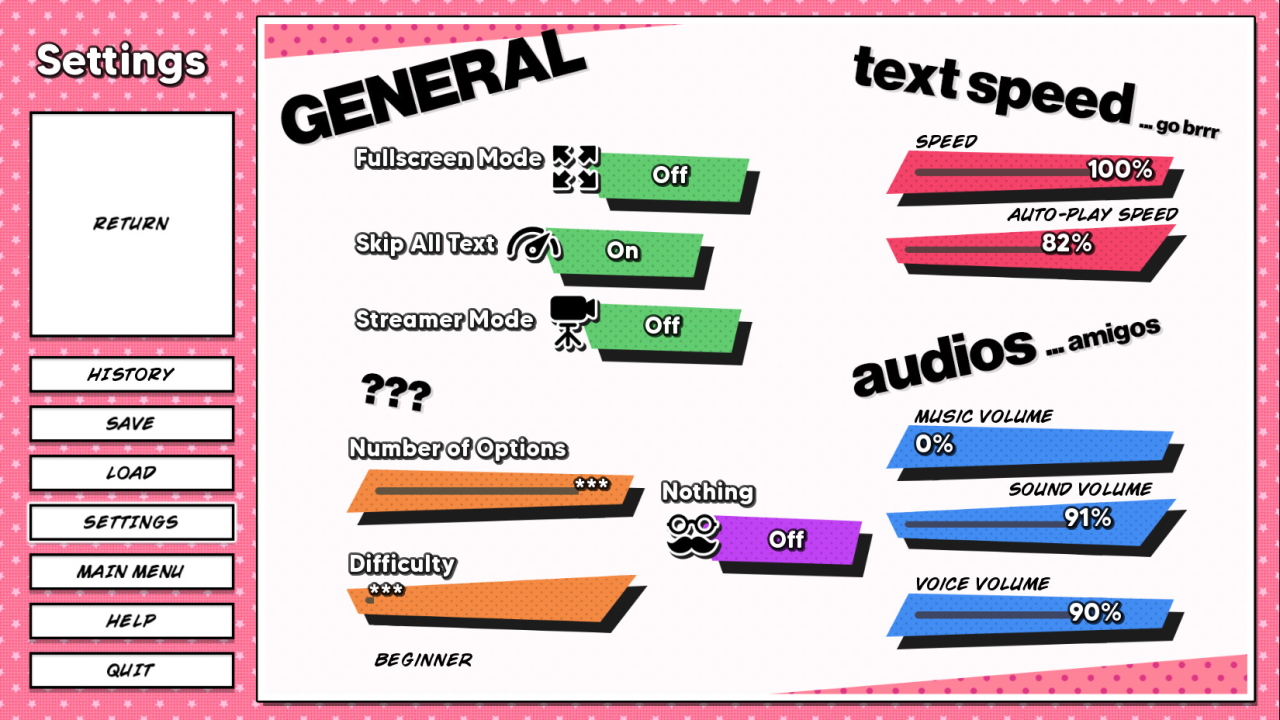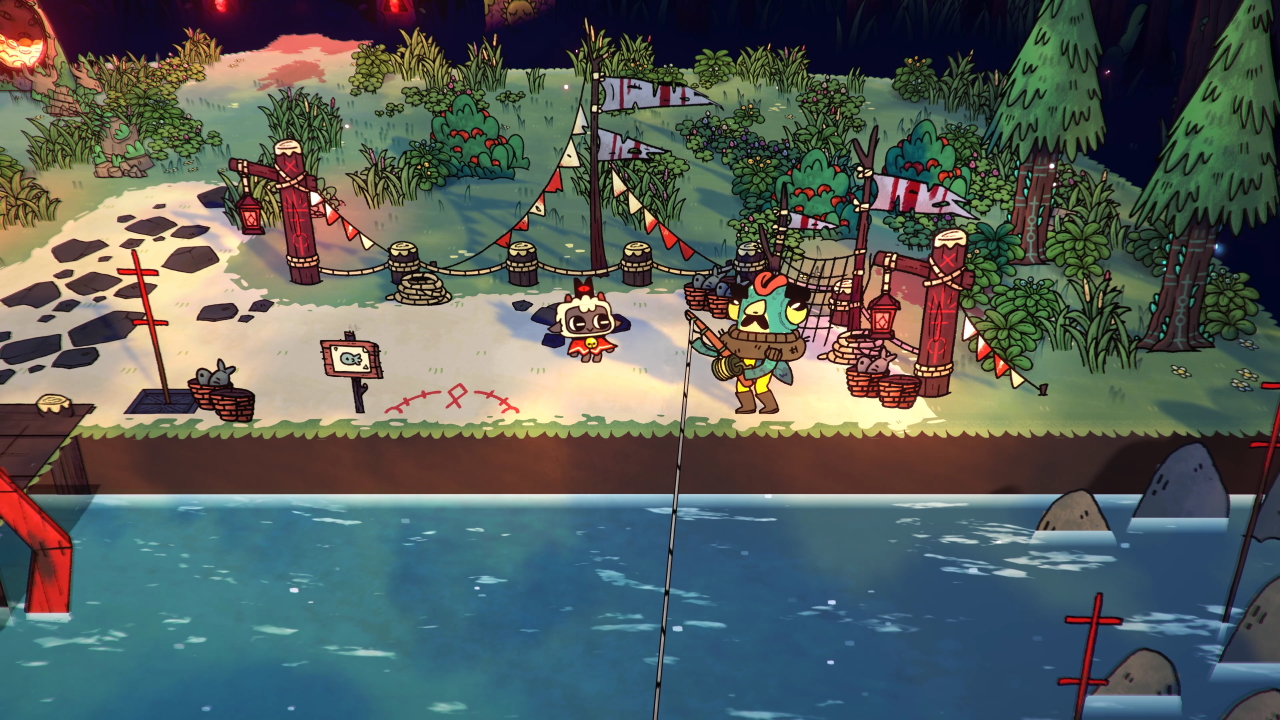How Twitch integration can change gaming for everyone
'Streamer modes' open the doors for anyone to stream.

Video game streaming service Twitch is a real juggernaut of online entertainment these days, with annual revenue in the billions and over 25 million daily viewers. Twitch is also where gaming influencers live: a place to find news, opinions, and new games to try out. For this reason, Twitch can be a haven of free publicity for Indie games: time on a streamer’s schedule can be very valuable to a small studio that can’t afford proper advertisement. And in this war for streamers’ attention, Twitch integration and 'streamer modes' are some of the most popular weapons.
Streamer modes, which include Twitch integration, are options, modifications, or alternate versions of video games made specifically to attract streamers. They can be as transparent as removing copyrighted music from in-game radios, or so boldly present as to let the audience influence the game with dedicated mechanics. But they can be much simpler too, like a nice frame for the streamer’s facecam.
A nice frame is really what the 'immersive mode' in I Just Want to Be Single!! boils down to; a slightly modified UI that lets streamers “immerse themselves inside the game, [so] viewers can have fun watching their favorite streamer in a dating sim”. These are the words of m. of Tsundere Games, developers of the upcoming I Just Want to Be Single!!, for whom the effort put into the streamer mode present in the demo seems to have panned out well: “For our game, it was not very difficult to implement. […] I've already gotten tons of streamers playing the game just because they found out about the mode.”
Streamers and their audience

Streamer modes are somewhat of a new thing, so it’s hard to say just how effective they are. At first glance we might even think of streamer modes and marketing as incompatible concepts: devs choose to modify their games to get more time on a streamer’s schedule and more eyes on their product, but those eyes are focused on a version of the game that is different from the one directed to the public.
But is that really the case? According to m., those options aren’t just for the content creators on Twitch: “Streamer modes aren't just for ‘streamers’ in the sense that, nowadays, everyone is a streamer”. They point out that “whether it’s just a friend group chat or a local discord server community”, everyone can end up streaming a game to an audience, even if to a single spectator.
Anyone can be a streamer, but not everyone wants to be one. There are plenty of people who would like to play games, but can't - due to lack of funds, time, or hardware. So to many people, streaming has a whole different meaning: it is the main way they experience games, not being able to or wanting to play them most of the time. But to discuss this reality we first need to acknowledge one great controversy of streaming: the equivalency, or lack thereof, between “watching” and “playing” video games. Let’s see what that means in practice.

Let’s imagine two friends who start playing an online game together. They choose different classes for their characters and so end up seeing the game very differently. Let’s now imagine a third person who watches one of the two friends play. Though they might both follow the same character, go through the same areas, and even plan the same build, we would never say that they had the exact same experience.
Sign up for breaking news, reviews, opinion, top tech deals, and more.
The two players had different experiences of the game because they were both playing. The spectator must have experienced something, but it couldn’t have been a video game, because those must arguably be experienced by playing. The only logical conclusion is that the object itself, video games, changes based on the way we approach it: it is a video when watched, and a game when played. The same logic dictates that visual novels and walking sims not be considered 'games' because they aren’t played as much as they are read and explored. But is this really how we think of games? And more importantly, will it stay that way for long?
What streaming is for

On this note, m. of Tsundere Games gives two curious and, at first glance, unrelated examples: one is the Jackbox Games’ audience mechanic and the other is the assist mode of the Super Mario Galaxy series. With those, “A viewer can feel like they're participating [and] the second player can help, but not directly”. These modes are designed to avoid influencing the game too much while allowing people on the outside to participate, turning them into something between the player and a mere viewer.
As for why people might want to use these options, m. has his mindset: “People want to feel connected, whether it's to the game they're playing alone, or to other people engaging in an activity”. Sometimes they might want this connection without the responsibility of “being part of [the activity] directly”. Twitch streaming is an excellent response to this need for low‑stakes connection: it makes sense, then, that streamer modes, assist modes, and other middle-ground features that fall between playing and spectating would resonate with both streamers and their audience. “We can call it whatever we want, […] the idea is that we're connecting people by giving them new options to engage with those that they want to spend time with.”

Above anything else, streamer modes are there to turn games into better tools for entertaining an audience. Even when they aren’t outright invisible to the viewer, no one would use them unless they had someone watching. Yet they are clearly a part of games: one that will probably continue to grow, and one that was always there, but that we recently choose to ignore.
Streaming might be new but watching someone play isn’t. Assist modes are even newer, helping a friend stuck on a puzzle is older than video games themselves. Perhaps streamer modes don’t have to be a great innovation of entertainment, but a version of what we always had, adapted for the digital age. Perhaps they don’t need to be the next cheap marketing trick, and they can just help people, streamers, and audience or long-distance friends, connect over games.